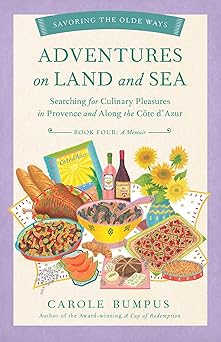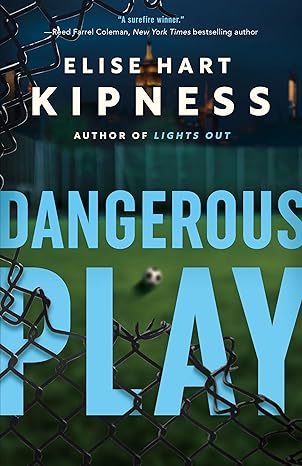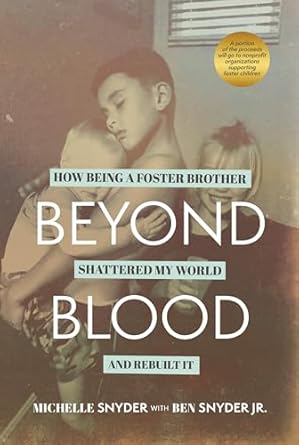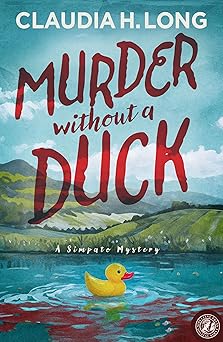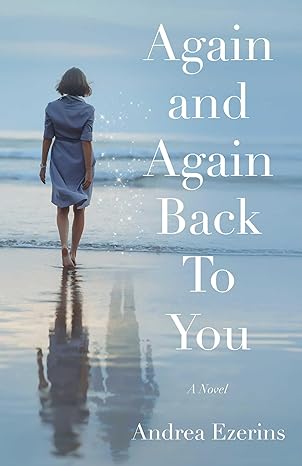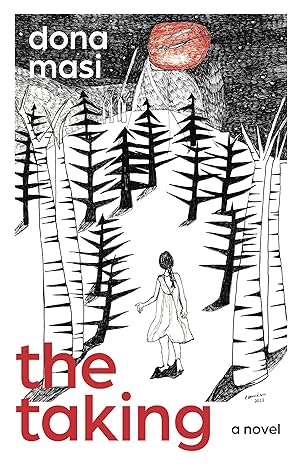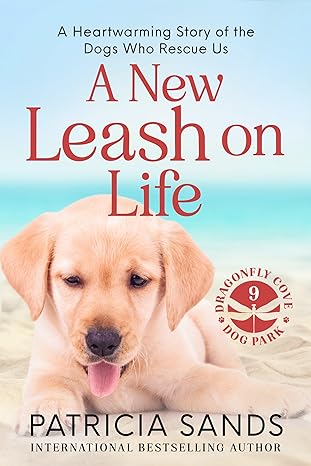Difficult Desire
 I’ve taught English for more years than I’ve written books, but if I drew a Venn diagram of my two professions’ aims, in the overlapped area, first off, I’d jot, “Pique readers’ interest.” I love helping students find the “perfect” books. Whenever my matchmaking pays off and a tough nut of a teenager—a self-professed hater of reading—admits that a novel caught and kept his or her attention, I count that as a victory.
I’ve taught English for more years than I’ve written books, but if I drew a Venn diagram of my two professions’ aims, in the overlapped area, first off, I’d jot, “Pique readers’ interest.” I love helping students find the “perfect” books. Whenever my matchmaking pays off and a tough nut of a teenager—a self-professed hater of reading—admits that a novel caught and kept his or her attention, I count that as a victory.
Capturing and holding onto a reader’s attention is a writer’s primary objective, too. It struck me recently that a reader’s desire to stick with a story depends, to a certain extent, on his or her investment in the main character’s desire—in the protagonist’s struggle to achieve a goal or accomplish a task. What does a character want? The desire that drives the character will propel the plot and compel the audience. Desire is the seed that engenders the story. It becomes the fruit that entices the reader.
When I was writing my young adult novel Unleaving, this fundamental writerly goal—make the protagonist want something badly—proved tricky. Unleaving focuses on nineteen-year-old Maggie Arioli who, after surviving an assault at an off-campus party and enduring some vicious victim-blaming, escapes her college town and moves in with her aunt Wren, a sculptor who lives in a secluded cabin by Lake Ontario.
Maggie longs to hide and forget. Understandably so. Many people respond to trauma by withdrawing from others and isolating themselves. Weighed down by anxiety, fatigue, and depression and afflicted with flashbacks, Maggie instinctively tries to steer clear of everyone and anything. Too many people, places, and situations remind her of the assault and the aftermath. Too much risks returning her to the terror.
But Maggie’s plan to detach and absent herself, not only from others but, as best as she can, from her own tortured mind, is a complex desire. In a way, it almost qualifies as an anti-desire. Rather than wanting something to happen, she fervently hopes that nothing will. That nothing will remind her. That nothing in the present will take her back to the past.
So how to create momentum and strum energy in a narrative with a main character who is frozen by fear and anxiety? How to generate a compelling experience for my readers with a main character who hopes for stillness, safety, and concealment? Maggie’s desire posed challenges.
The answer came through other characters. Messy characters. Fighting characters. Feeling characters. Maggie retreats, but others come forward: Aunt Wren, wrestling with her own pain but determined to make something of it through a series of sculptures; Wren’s assistant Sam, juggling work and his handful of a kid; Sam’s little Kate, missing her mom Linnie; and—perhaps especially—Linnie, battling addictions and hurting, too.
However, Maggie doesn’t hover like a ghost among these characters. As much as she intends to check out of life, these others won’t let her. Maggie hides, but they find her. Indeed, they need her. They need her help.
And Maggie needs them; she just doesn’t realize it right away. Her story springs from these interwoven needs.
Though Unleaving confronts the aftermath of sexual assault and the effects of trauma, it isn’t a self-help book. I didn’t want it to be. If it were, I suppose Maggie would head straight to therapy, and the struggling friends she makes and the family she learns to know better would also seek counselors, professionals who no doubt would advise them to make healthier choices.
As a novel, Unleaving explores less what people should do and more what they frequently do, at least based on my own experiences with trauma, neglect, addiction, and estrangements. My heart ached for my characters, but I had to stay true to their wants—though sometimes they proved self-destructive or hurtful or selfish—and not what I wanted for them. I had to respect their complex desires and troubled natures, as I’d imagined them.
Still…I hope my novel is a comfort to hurting readers—by which I mean, any reader. We’re all hurting, in one way or another. Maybe readers will see themselves in my characters’ struggles. Maybe they’ll follow Maggie, Linnie, Aunt Wren, Sam, and Kate—as these characters stumble along together and (however haphazardly) support one another—and feel a kinship.
I believe in the power of kinship, even when the family is found: makeshift, borrowed, a mosaic of beautiful but broken pieces. Especially when it is.
—
Melissa Ostrom is the author of the YA novels The Beloved Wild (Feiwel & Friends, March 2018) and Unleaving (Feiwel & Friends, March 2019). Her stories have appeared in The Florida Review, Fourteen Hills, Juked, and Passages North, among other journals, and her flash “Ruinous Finality” was selected for The Best Small Fictions 2019. She teaches part-time at Genesee Community College and lives with her husband and children in Holley, New York. Learn more at www.melissaostrom.com or find Melissa Ostrom on Twitter @melostrom
UNLEAVING
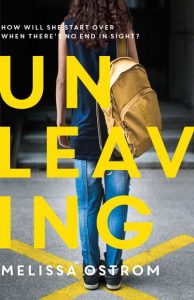 “For fans of Laurie Halse Anderson’s Speak…”–Voices of Youth Advocates
“For fans of Laurie Halse Anderson’s Speak…”–Voices of Youth Advocates
In a book that is both urgent and timely, Melissa Ostrom explores the intricacies of shame and victim-blaming that accompany the aftermath of assault.
After surviving an assault at an off-campus party, nineteen-year-old Maggie is escaping her college town, and, because her reporting the crime has led to the expulsion of some popular athletes, many people―in particular, the outraged Tigers fans―are happy to see her go.
Maggie moves in with her Aunt Wren, a sculptor who lives in an isolated cabin bordered by nothing but woods and water. Maggie wants to forget, heal, and hide, but her aunt’s place harbors secrets and situations that complicate the plan. Worse, the trauma Maggie hoped to leave behind has followed her, haunting her in ways she can’t control, including flashbacks, insomnia and a sense of panic. Her troubles intensify when she begins to receive messages from another student who has survived a rape on her old campus. Just when Maggie musters the courage to answer her emails, the young woman goes silent.
BUY THE BOOK HERE
Category: How To and Tips






